More than 28,700 pupils who sat for their final examinations in Namibia last year will not progress to advanced studies or university after failing to meet the required grades. Out of 40,757 students who wrote the Namibia Senior Secondary Certificate Ordinary (NSSCO) examinations, only 12,031, representing 29.5%, qualified.
Minister of Education, Arts, and Culture Anna Nghipondoka announced that this represents a 4% improvement from 2023’s qualification rate of 25.2%. Since 2020, when only 18.5% of students qualified, the pass rate has steadily increased by 11 percentage points.
“There has been a consistent rise in candidates qualifying for advanced subsidiary level in our schools, reflecting positive progress. This improvement in our education system offers hope for the future,” Nghipondoka stated.
The Ministry of Education’s executive director, Sanet Steenkamp, criticized schools for poor planning despite increased allocations for stationery and hygiene supplies. Steenkamp highlighted issues such as delayed procurement of furniture, textbooks, and other resources. She urged schools to improve their planning and transparency in using subsidies.
Rukonga Vision School in the Kavango East region maintained its record as the nation’s best school, claiming the top three positions in the NSSCO exams. Other notable performances came from schools in the Oshikoto, Kavango West, Omusati, Oshana, and Ohangwena regions.
The average national scores improved in commerce and science subjects. However, there was a decline in Afrikaans and English as second languages, with their average performance dropping from 70.2% to 58.9%. Conversely, African languages saw significant improvements, achieving an 88.1% average.
Political and social leaders expressed dissatisfaction with the results. Nudo secretary general Joseph Kauandenge labeled the performance “mediocre,” urging the government to reevaluate the education system. The Namibia Economic Freedom Fighters (NEFF) questioned the ministry’s accountability for the low pass rates, citing insufficient resources as a key challenge.


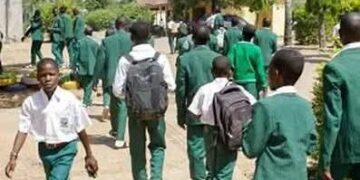
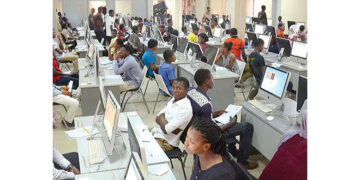


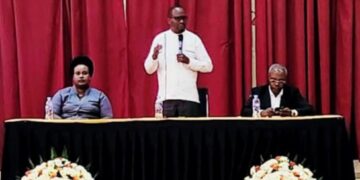













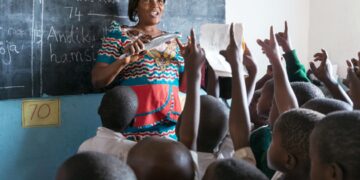

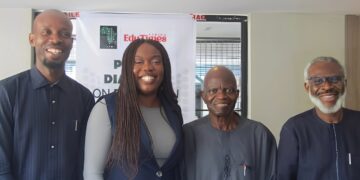





































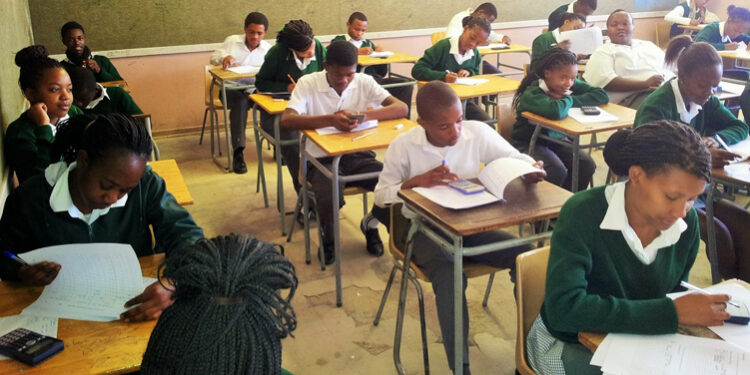


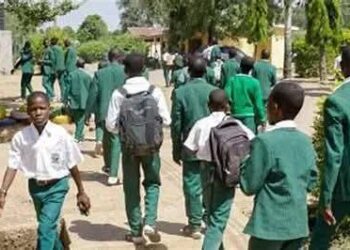

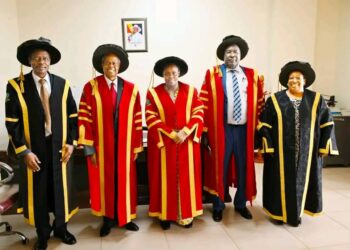

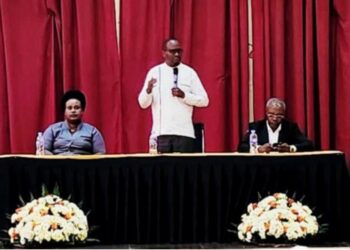








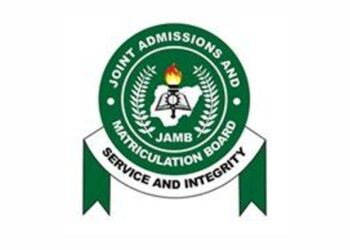
 EduTimes Africa, a product of Education Times Africa, is a magazine publication that aims to lend its support to close the yawning gap in Africa's educational development.
EduTimes Africa, a product of Education Times Africa, is a magazine publication that aims to lend its support to close the yawning gap in Africa's educational development.

